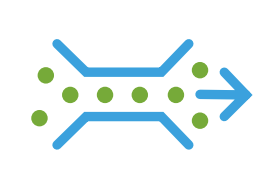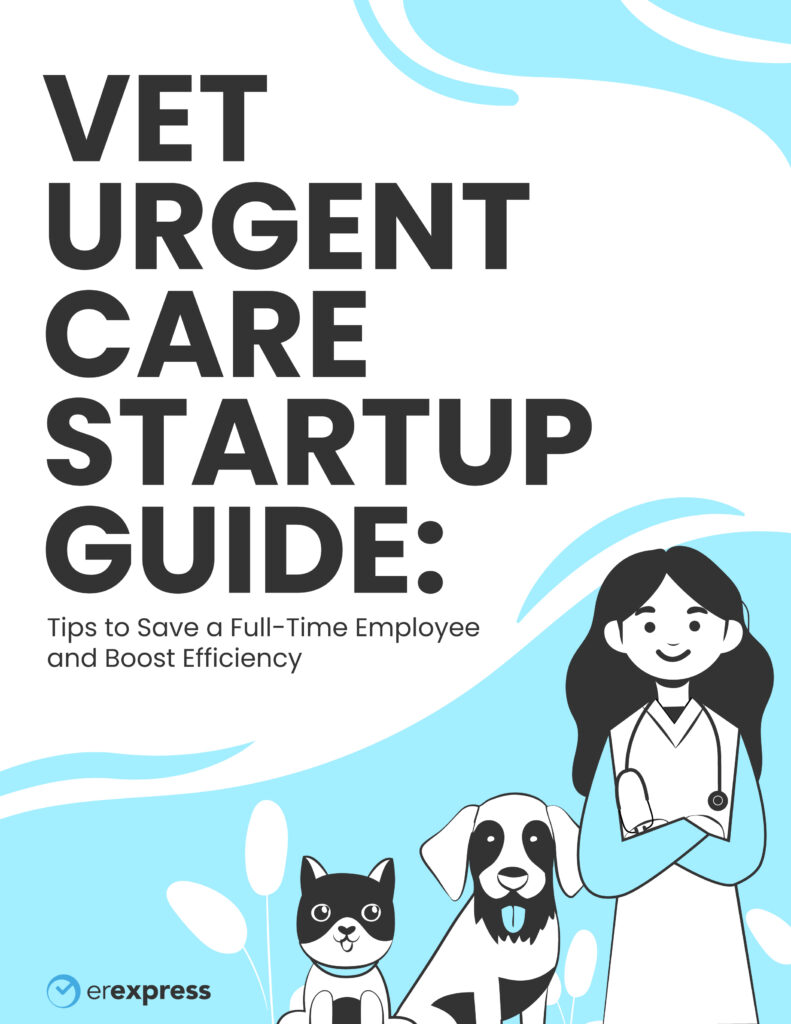Addressing the challenges associated with patient flow in urgent care is a common need, but also a crucial priority for efficient service delivery and the overall patient experience. While the volume of patient requests is generally beyond the control of urgent care facilities, administrators possess the power to implement strategies that streamline patient flow, from check-in to check-out.
Today, we will outline some of the most common patient flow obstacles and explore some practical solutions to enhance efficiency and patient satisfaction within the urgent care environment. Let’s start with the unpredictability of patient volume.
Unpredictable Patient Volume
One of the most significant patient flow challenges in urgent care is the unpredictability of patient volume. Unanticipated surges can put immense pressure on resources, leading to overworked staff and disgruntled patients. Without enough staff on-hand during peak hours, patients may leave the waiting room before being seen or simply decide not to check-in.
Solution: Incorporate Advanced Analytics and Forecasting
Implementing an advanced data analytics system can provide the insights that you need to accurately schedule your team at your facility to manage patient flow. Analytics can help predict patient volume based on historical data, local events, or even weather patterns. Accurate forecasting also aids in staffing adjustments to meet demand and ensures adequate resource allocation, thereby reducing wait times and improving patient throughput.
Fragmented Communication
Communication breakdowns can lead to bottlenecks in patient flow. Whether it’s between different departments or between the staff and patients, a lack of clear communication can significantly hamper efficiency.
Solution: Implement Coordinated Communication Systems
Efficient communication systems are integral to streamlined patient flow. Integrated technology like Electronic Health Records (EHRs) can foster better coordination between departments. Similarly, communication tools that update patients about their wait times or the next steps in their care can enhance transparency and patient satisfaction.
Inefficient Patient Triage
A well-managed triage process is essential for urgent care facilities due to the varying urgency of patient needs. An ineffective triage system can lead to inefficiencies and potential compromises in patient care.
Solution: Streamline the Triage Process
Implementing a robust, algorithm-based triage system can ensure patients are promptly seen according to their medical urgency. Moreover, continuous staff training on the system can ensure its optimal utilization, facilitating effective patient flow.
Prolonged Check-In and Check-Out Processes
Lengthy check-in and check-out procedures can slow down patient flow, cause congestion, and lead to dissatisfaction.
Solution: Digitize Check-In and Check-Out Processes
Digitizing these processes can drastically cut down time, thus accelerating the movement of patients throughout the cycle of a visit. Self-service kiosks or mobile forms for check-in, automated payment systems, and digital discharge instructions can make these processes faster and more patient-friendly.
Insufficient Follow-Up Procedures
An inadequate follow-up system can impact the overall patient experience and possibly lead to return visits, adding to the patient flow.
Solution: Enhance Follow-Up Procedures
Consider implementing a systematic approach to follow-ups using automated patient engagement systems like SMS messaging and automated email. These systems can send reminders for follow-up appointments or medication refills, reducing the possibility of unnecessary return visits.
Get In Control of Your Patient Flow with ER Express
While patient flow management in urgent care comes with its unique set of challenges, innovative strategies, and the right tools can significantly enhance efficiency and patient satisfaction. Administrators have the potential to turn these challenges into opportunities for improvement. A focus on forecasting, communication, triage efficiency, digitization, and robust follow-ups can ensure smoother patient journeys, ultimately driving the success of the urgent care facility.
If you are looking to enhance the way that your own urgent care manages the flow of patients, request a demo with our team at ER Express today to learn more about how our software solutions can be used to provide a better experience for your patients while reducing administrative burden on your staff at the same time.



